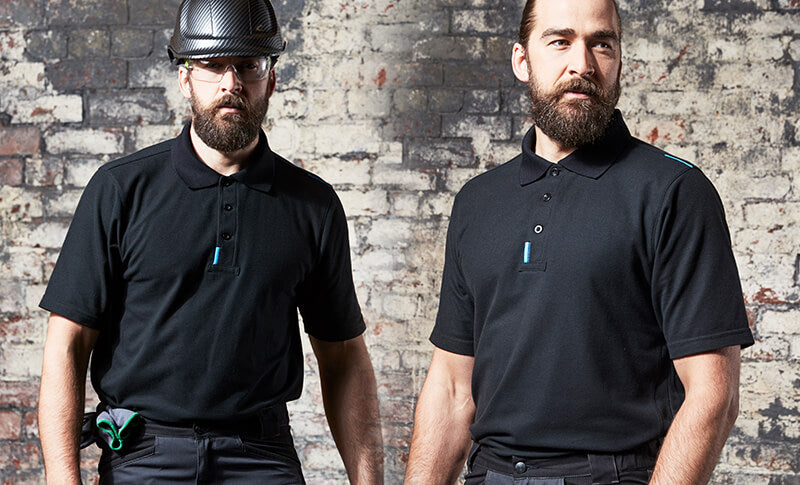
In the competitive world of U.S. construction and contracting, image and identity play a significant role alongside craftsmanship and technical expertise. Personalised workwear has become more than just branded clothing; it’s a tool that promotes safety, professionalism, and unity within construction teams. For contractors across the Personalised Workwear United States, integrating customised gear is now a strategic business decision.
Building a Recognisable Brand on Site
Construction companies, particularly small and mid-sized contractors, often face the challenge of standing out in crowded markets. Personalised workwear featuring the company’s logo, colour scheme, and employee names allows firms to create a visible and consistent brand presence on worksites. Whether it’s a high-rise project in New York City or a residential build in Texas, consistent branding across workers’ apparel enhances public perception and trust.
Safety Meets Style
In the U.S., the Occupational Safety and Health Administration (OSHA) mandates specific safety clothing for construction workers, including high-visibility vests, hard hats, and flame-resistant garments for certain jobs. Personalised workwear allows contractors to merge safety requirements with branding. For example, high-visibility jackets can be printed with the company logo, employee ID, or department, helping supervisors quickly identify crew members and reducing the risk of unauthorised personnel entering restricted areas.
Enhancing Team Morale
In large-scale projects where multiple subcontractors collaborate, personalised workwear helps employees feel part of a cohesive unit. Workers wearing coordinated uniforms with company insignia often develop a stronger sense of pride and belonging. This improved morale can lead to better productivity and reduced turnover—a key advantage in the U.S. construction industry, which faces ongoing skilled labour shortages.
Practical Benefits for Contractors
For contractors managing multiple job sites, personalised gear helps with role identification. Different coloured uniforms or helmet stickers can denote specific teams—such as electricians, welders, or safety inspectors—streamlining communication and coordination. In busy environments like industrial plant upgrades or highway expansions, these visual cues save time and prevent costly miscommunication.
Marketing Beyond the Worksite
Every time an employee wears company-branded gear off-site—whether grabbing lunch or stopping for fuel—they become a walking advertisement. This type of mobile marketing is particularly valuable for local contractors who rely heavily on community recognition and word-of-mouth referrals.
Durability and Cost Considerations
Personalised workwear for construction teams in the United States must meet durability standards that can withstand harsh working environments. Heavy-duty fabrics like canvas, denim, and ripstop polyester are often chosen for pants, jackets, and overalls. Heat-pressed logos, embroidery, and reflective printing are preferred for longevity. While the upfront investment may be higher, the long-term benefits in durability and marketing impact often justify the cost.
Technology in Customisation
The U.S. workwear market has embraced advanced customisation methods, including digital heat transfers and laser engraving for hard hats. RFID tags are also being integrated into personalised uniforms for tracking inventory and preventing loss—particularly beneficial for large contracting firms managing thousands of garments.
Conclusion
In the fast-paced U.S. construction industry, personalised workwear delivers more than aesthetic appeal. It strengthens brand recognition, improves safety compliance, boosts team morale, and even serves as a marketing tool. For contractors aiming to enhance professionalism while maintaining functionality, investing in customised gear is a forward-thinking strategy that pays dividends both on and off the job site.